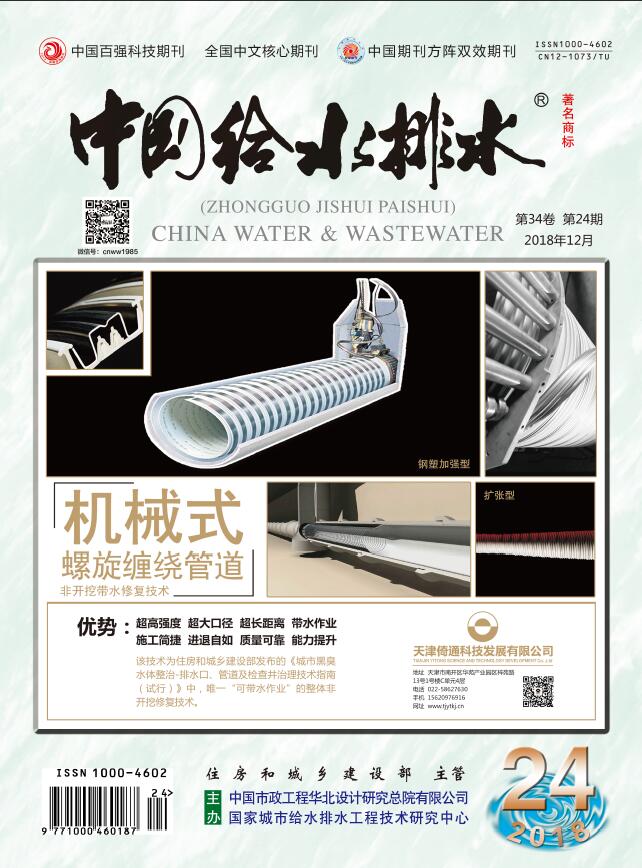XINXin,JIAORu-yuan,SUNHong-yan,et al.Impact of Humic Acid on Aggregation Kinetics of Silica Nanoparticles in Aquatic Environment[J].China Water & Wastewater,2025,41(11):91-98.
Impact of Humic Acid on Aggregation Kinetics of Silica Nanoparticles in Aquatic Environment
China Water & Wastewater[ISSN:1000-4062/CN:12-1073/TU]
volume:
第41卷
Number:
第11期
Page:
91-98
Column:
Date of publication:
2025-06-01
- Abstract:
- Various nanoparticles are present in natural water bodies. Owing to the particle size effect, these nanoparticles tend to interact with other pollutants in water, consequently impacting water quality. Humic acid is a prevalent form of natural organic matter in aquatic environment. To elucidate the migration and transformation processes of nanoparticles in water systems under the influence of humic acid, this study investigated the aggregation behavior of nanoparticles under varying pH and ionic strengths in the presence of humic acid. Additionally, the adsorption mechanism of humic acid onto the nanoparticle surface was examined, along with its effects on the surface properties and aggregation dynamics of nanoparticles. In the mixed system of humic acid and nanoparticles, humic acid played a critical role in inhibiting nanoparticle aggregation, thereby enhancing the stability of nano-silica in solution. However, in the presence of cations, acidic conditions facilitated the formation of hydrogen bond within humic acid molecules, which subsequently induced the aggregation of particulates. Conversely, under alkaline conditions, the extension of the humic acid molecular structure into a linear chain enabled it to combine with cations, thereby exerting a bridging effect and enhancing the aggregation rate of nanoparticles. It was also observed that cations exhibited selectivity in their association with humic acid and nano-silica. Specifically, cations tended to preferentially interact with nano-silica. When nano-silica was pre-mixed with humic acid, the pre-adsorption effect of nano-silica on humic acid enhanced the synergistic removal efficiency of nanoparticles and organic matters. Therefore, in natural aquatic environment, when organic matters and nanoparticles are given sufficient reaction time, they are more prone to exhibit a co-agglomeration effect in the presence of cations. This phenomenon can enhance the synergistic removal efficiency of these substances.
Last Update:
2025-06-01

